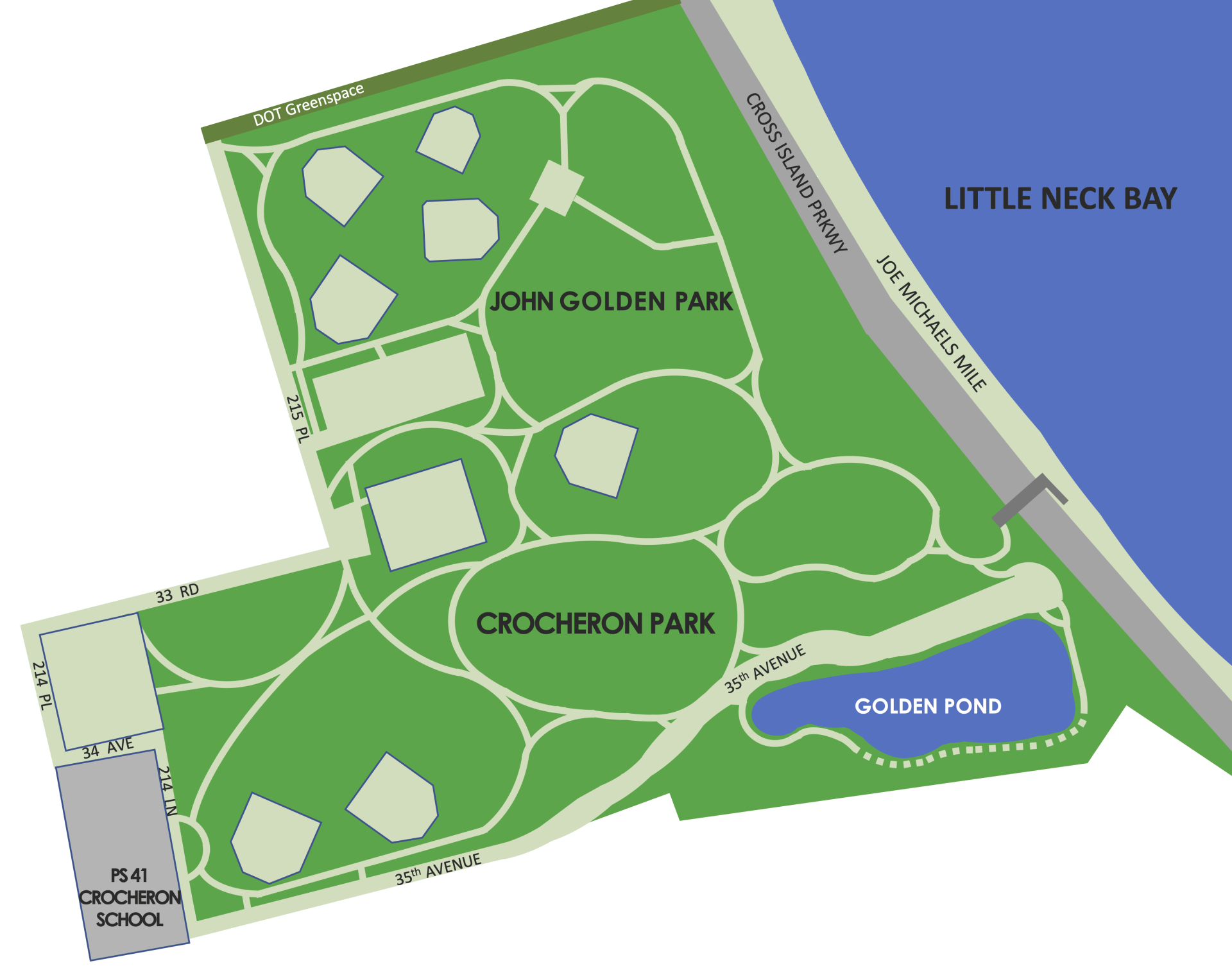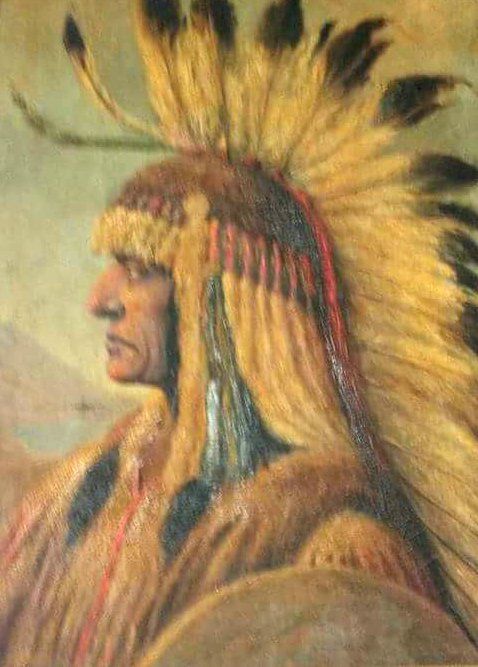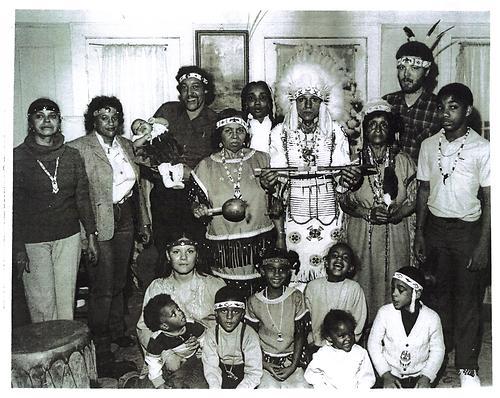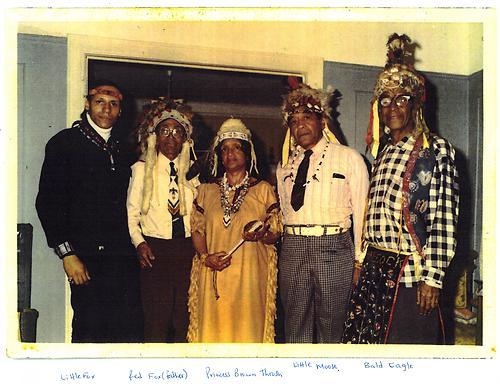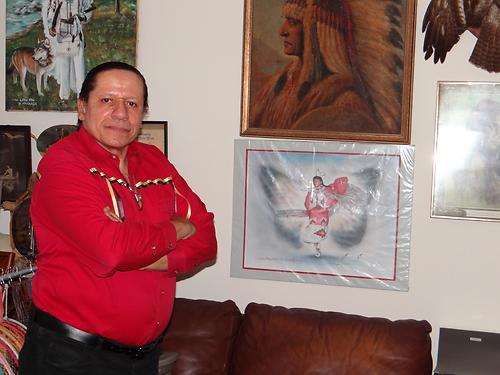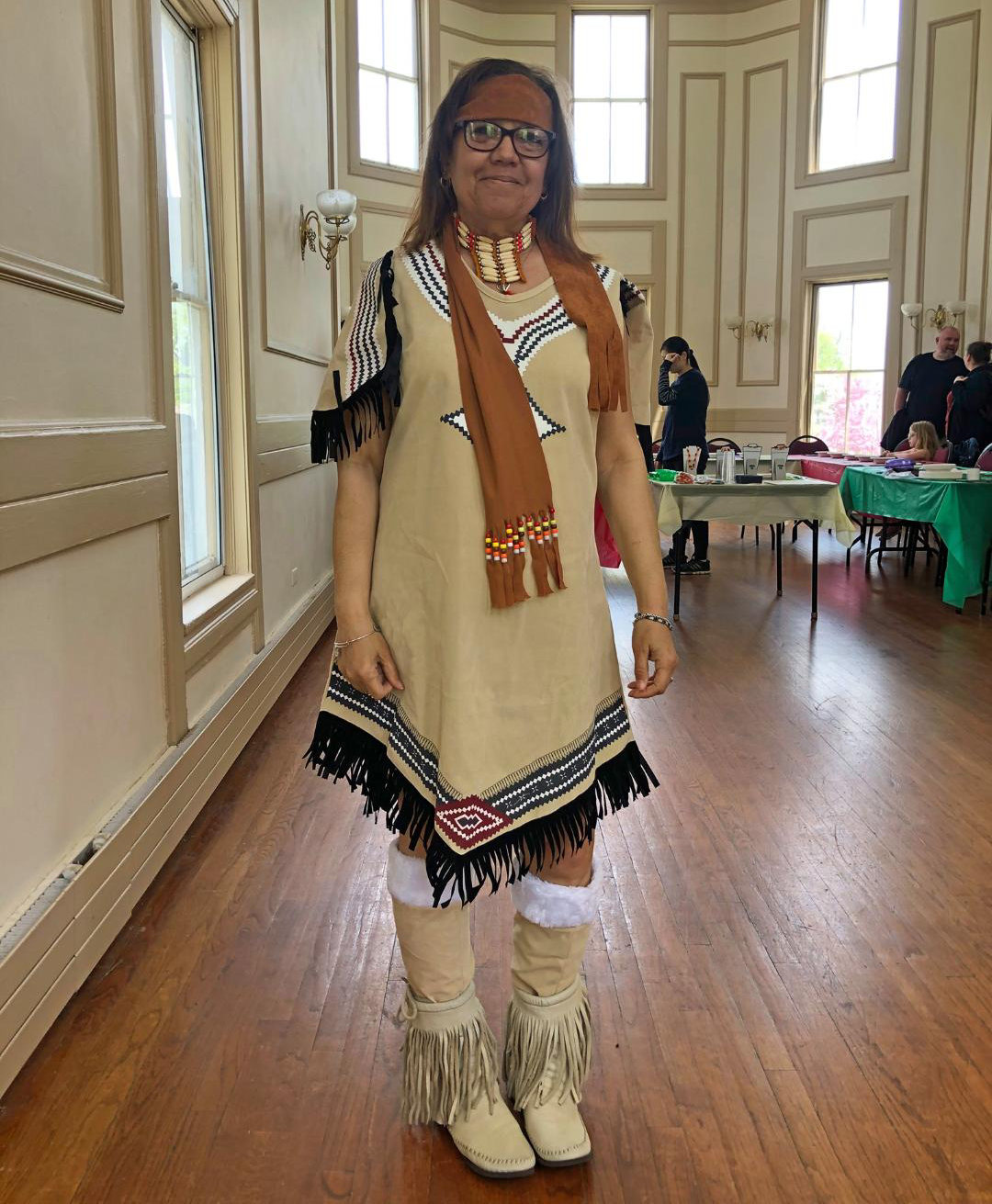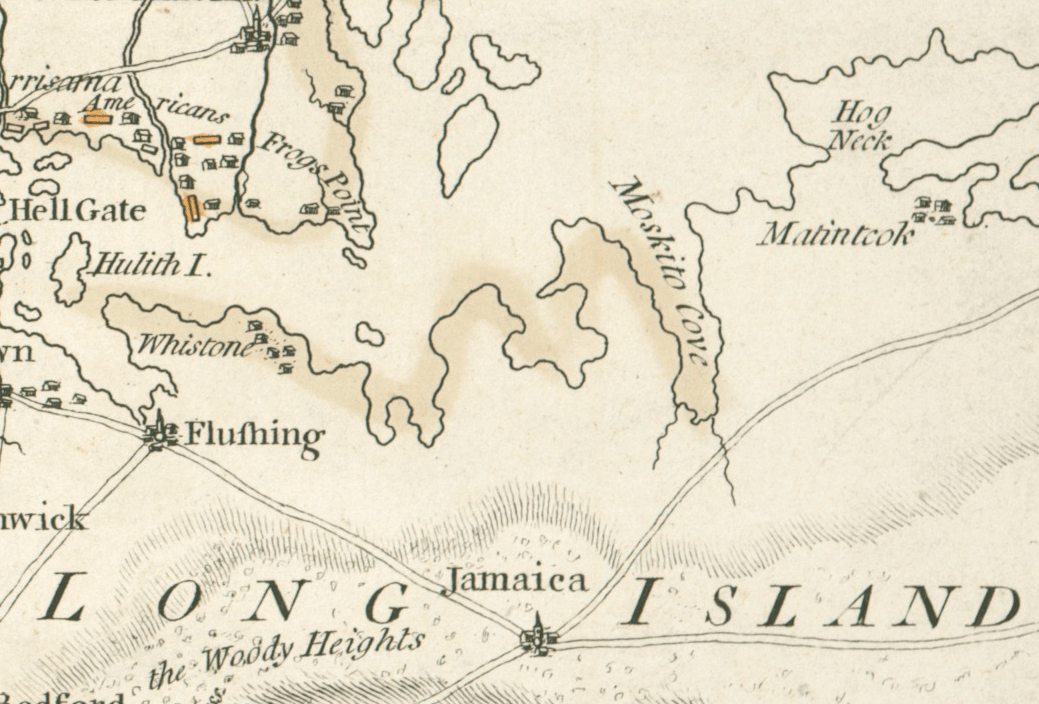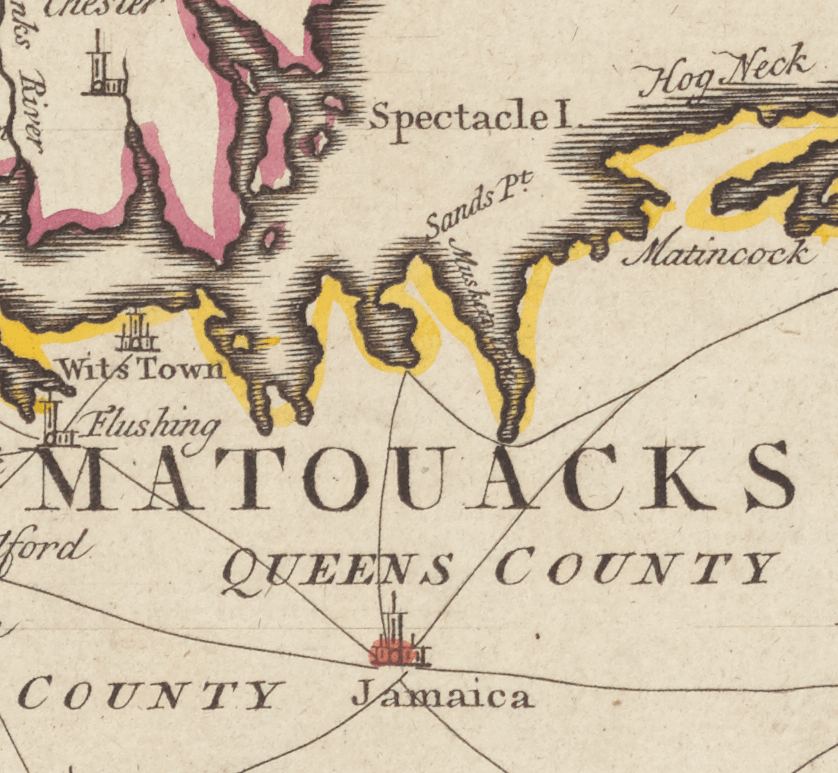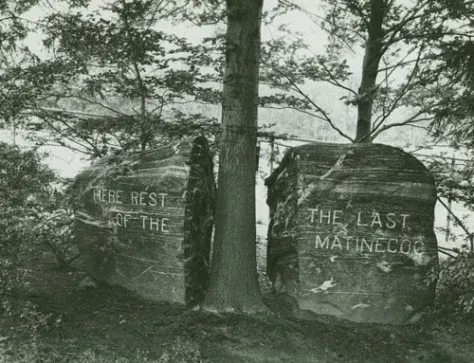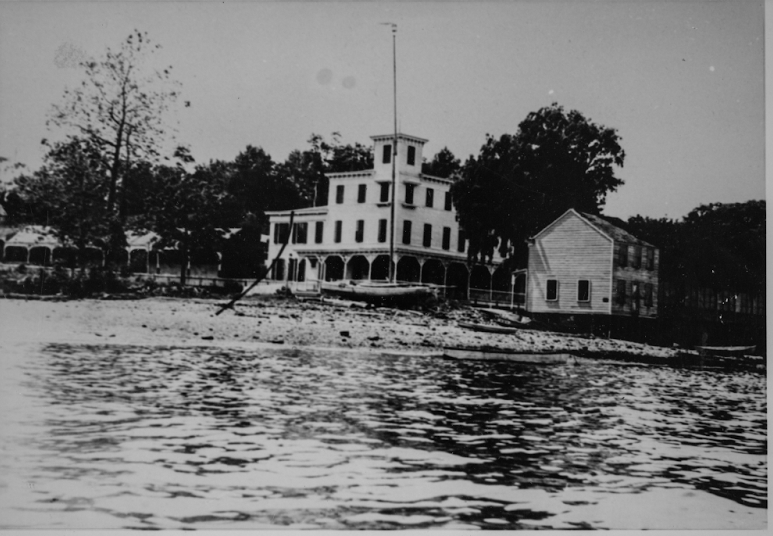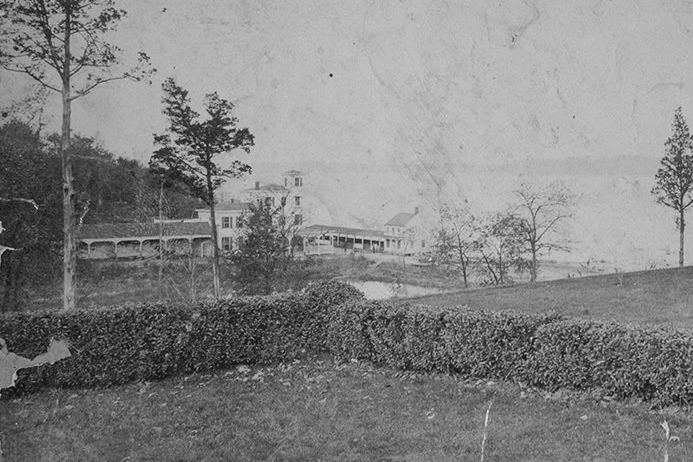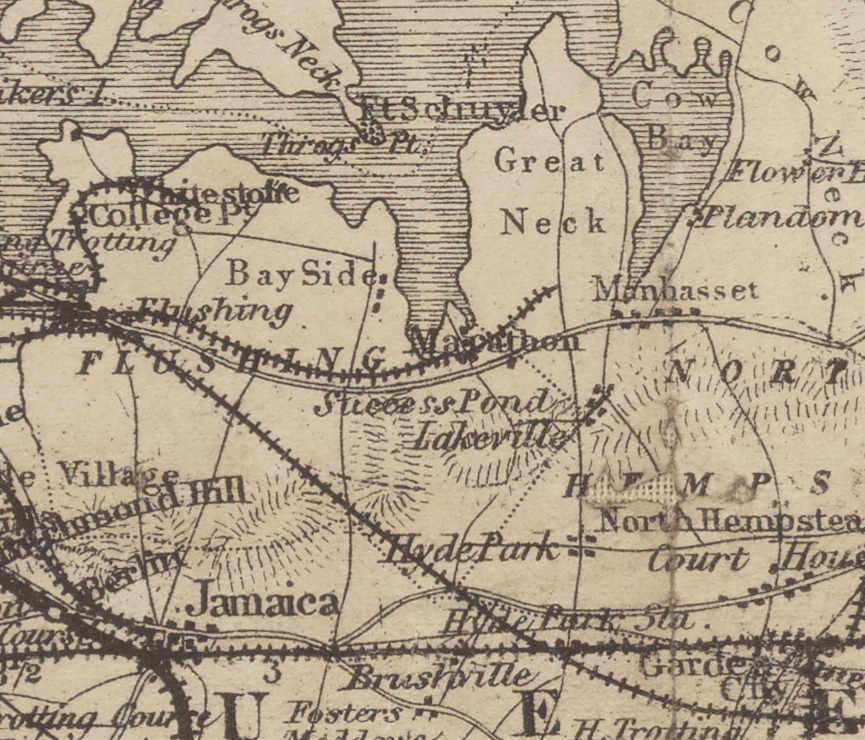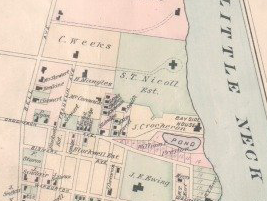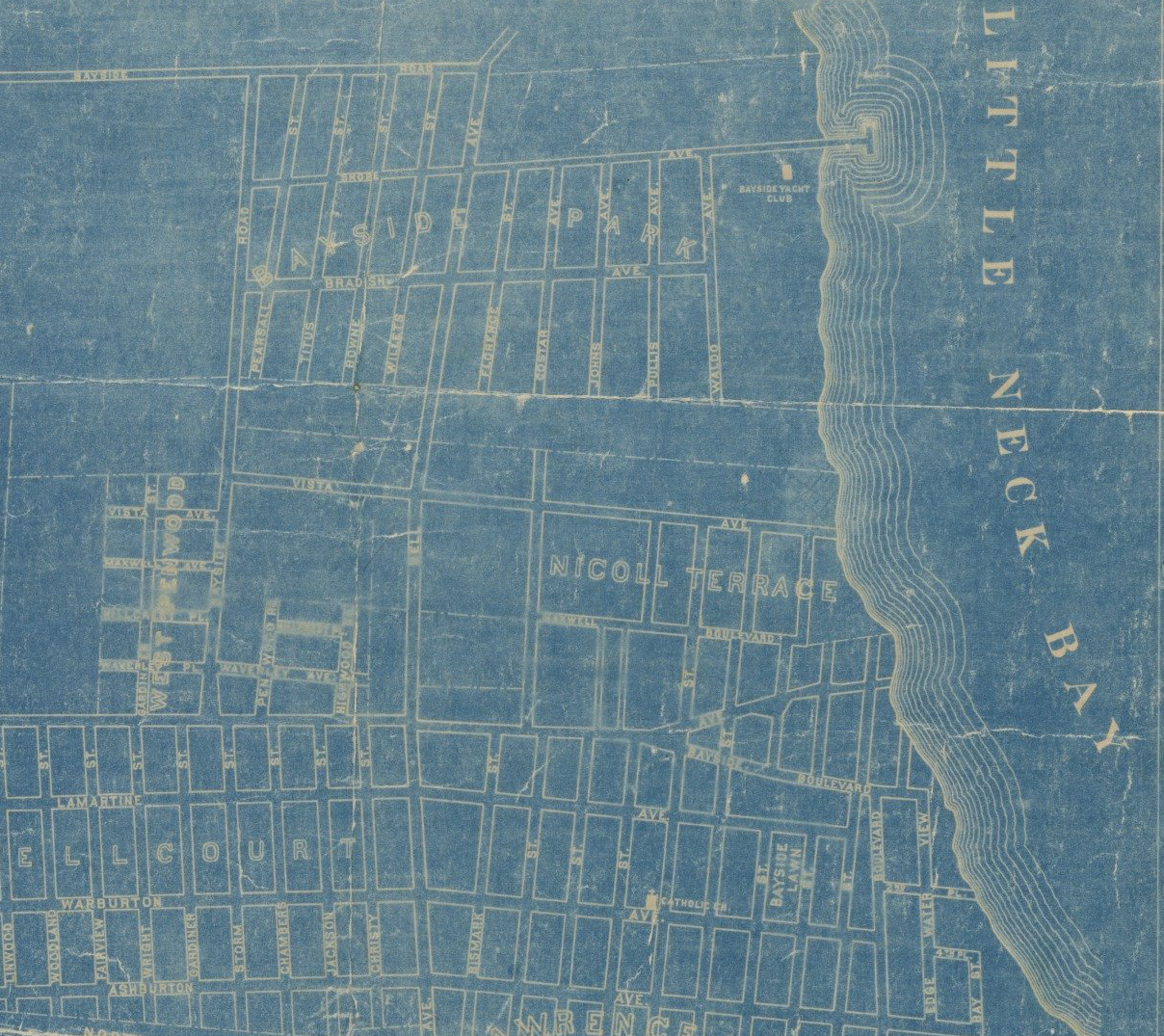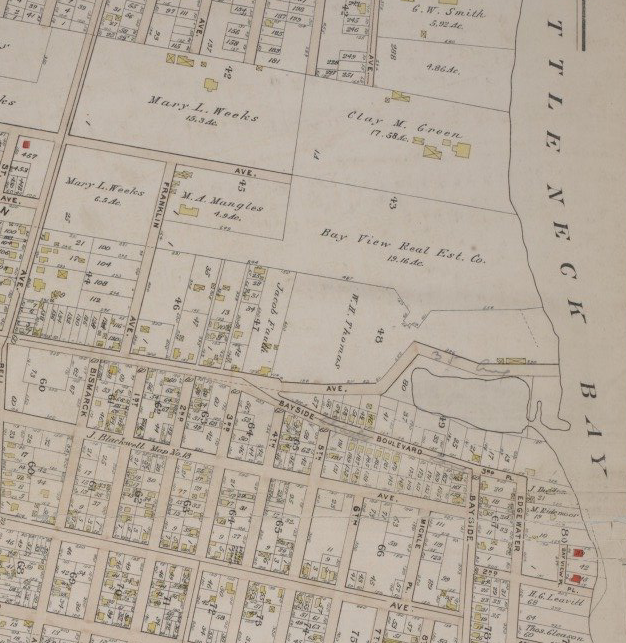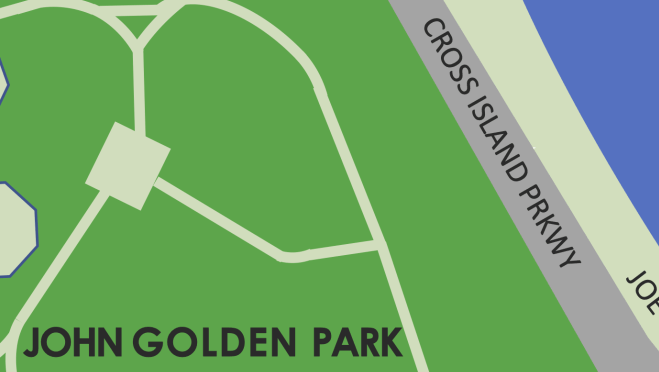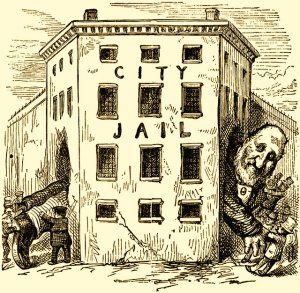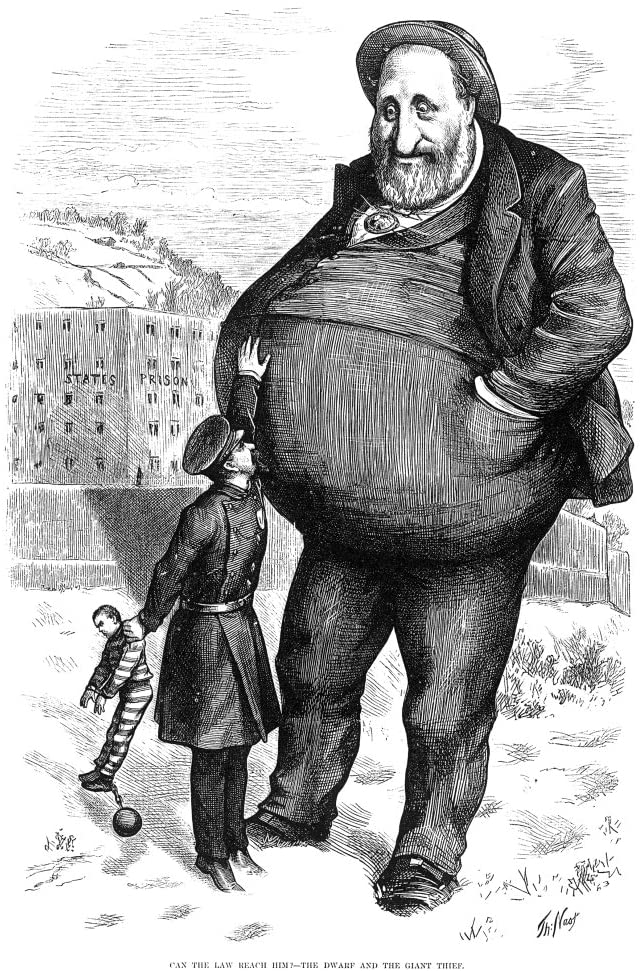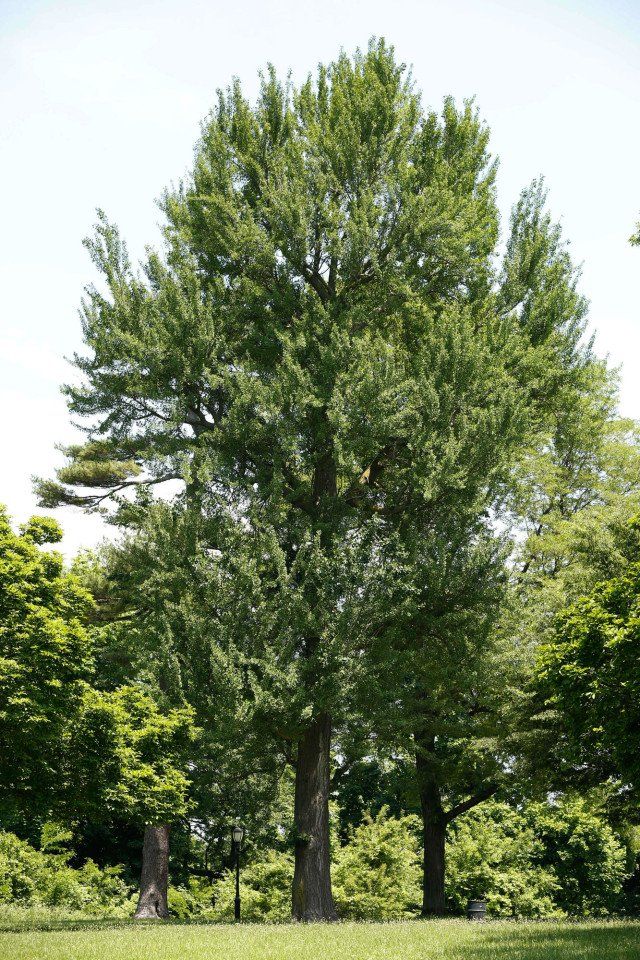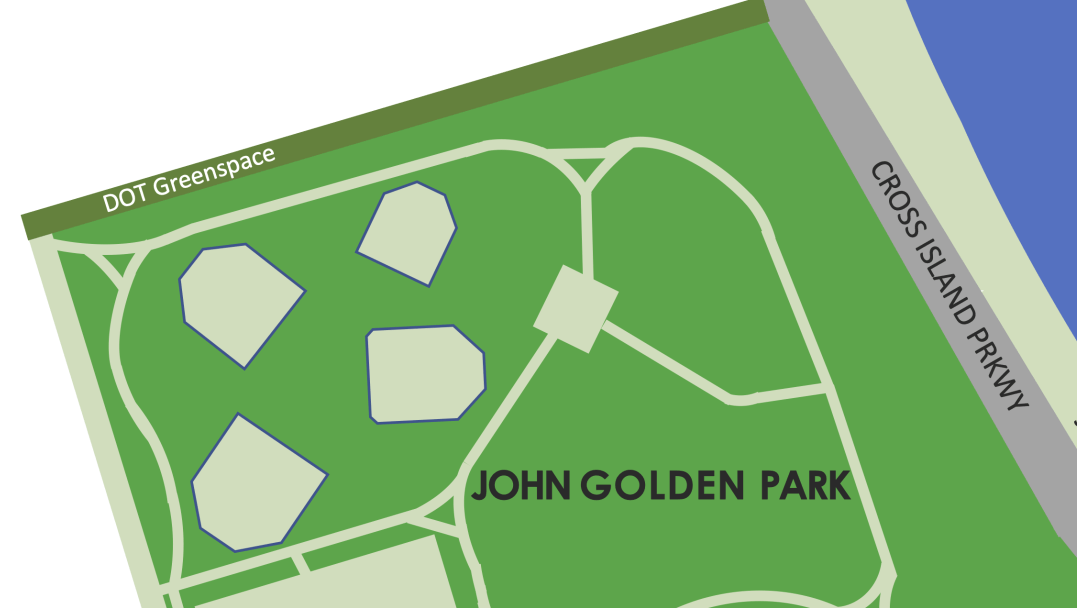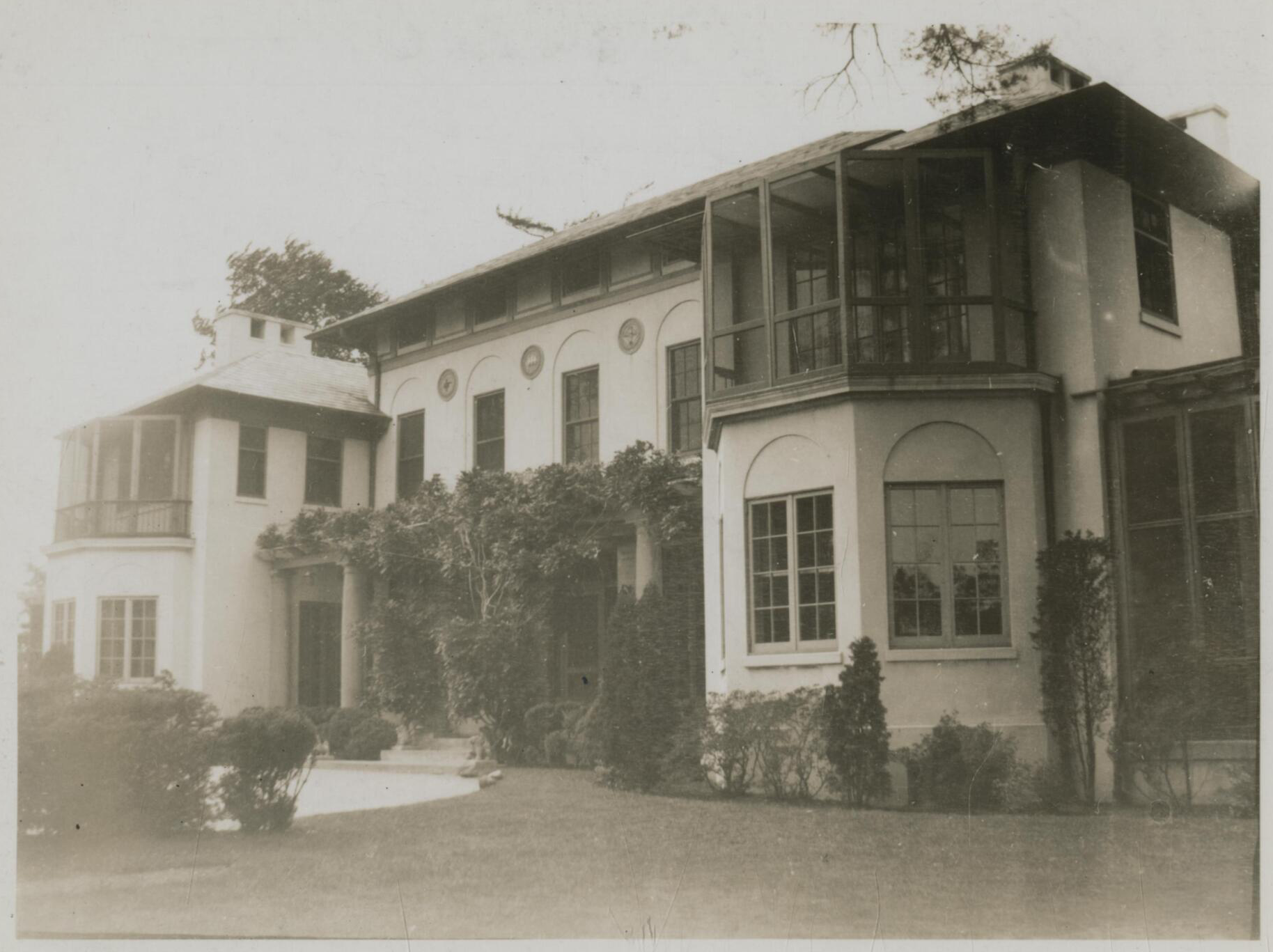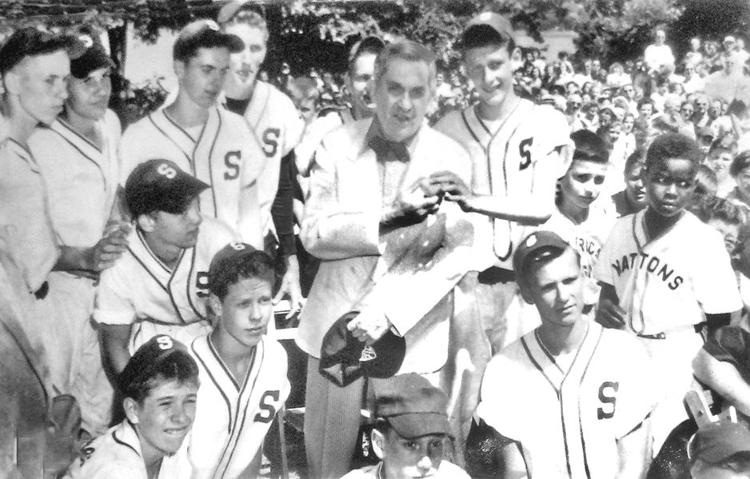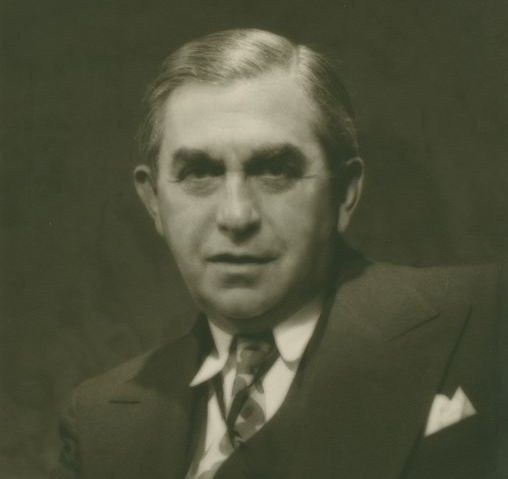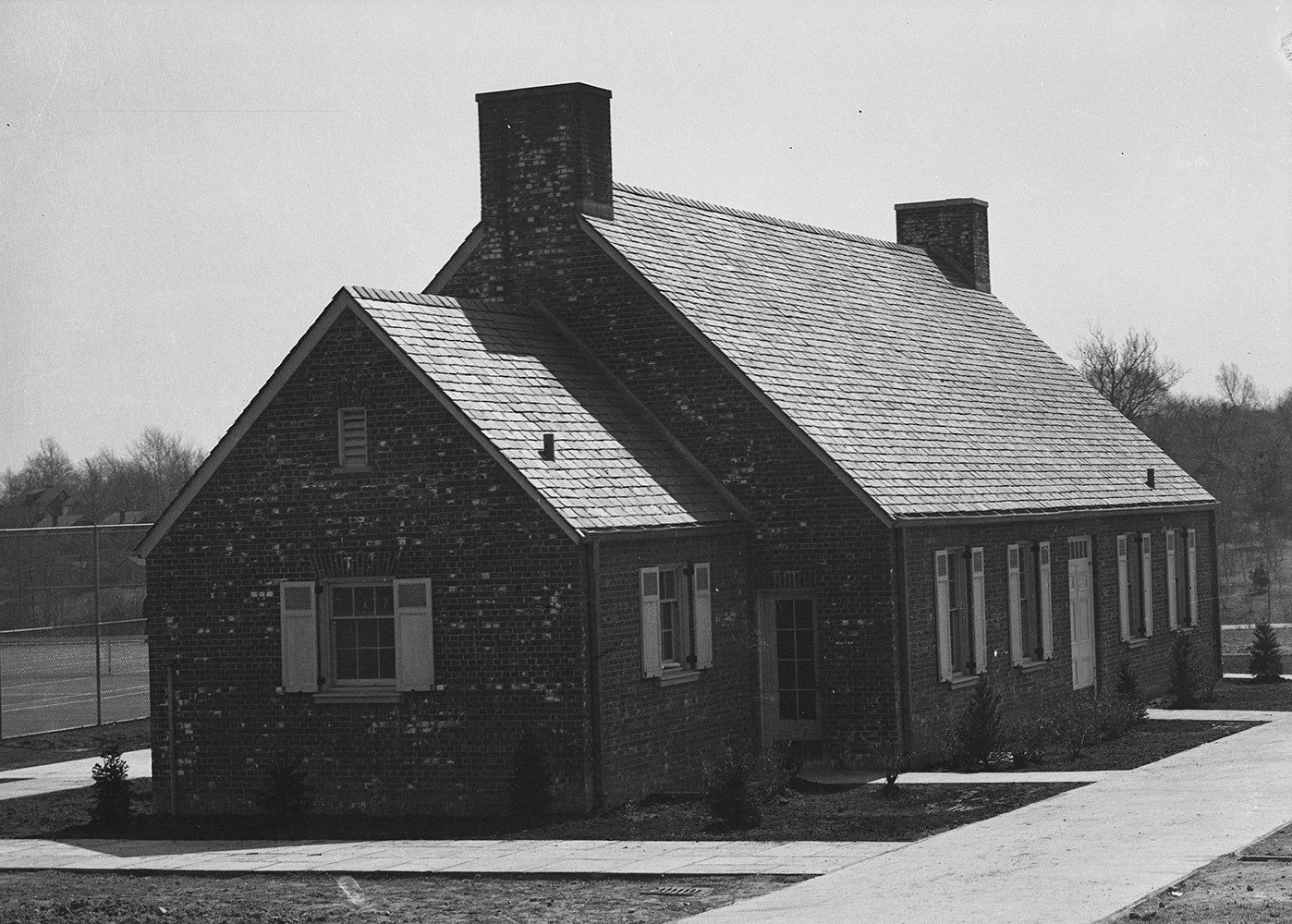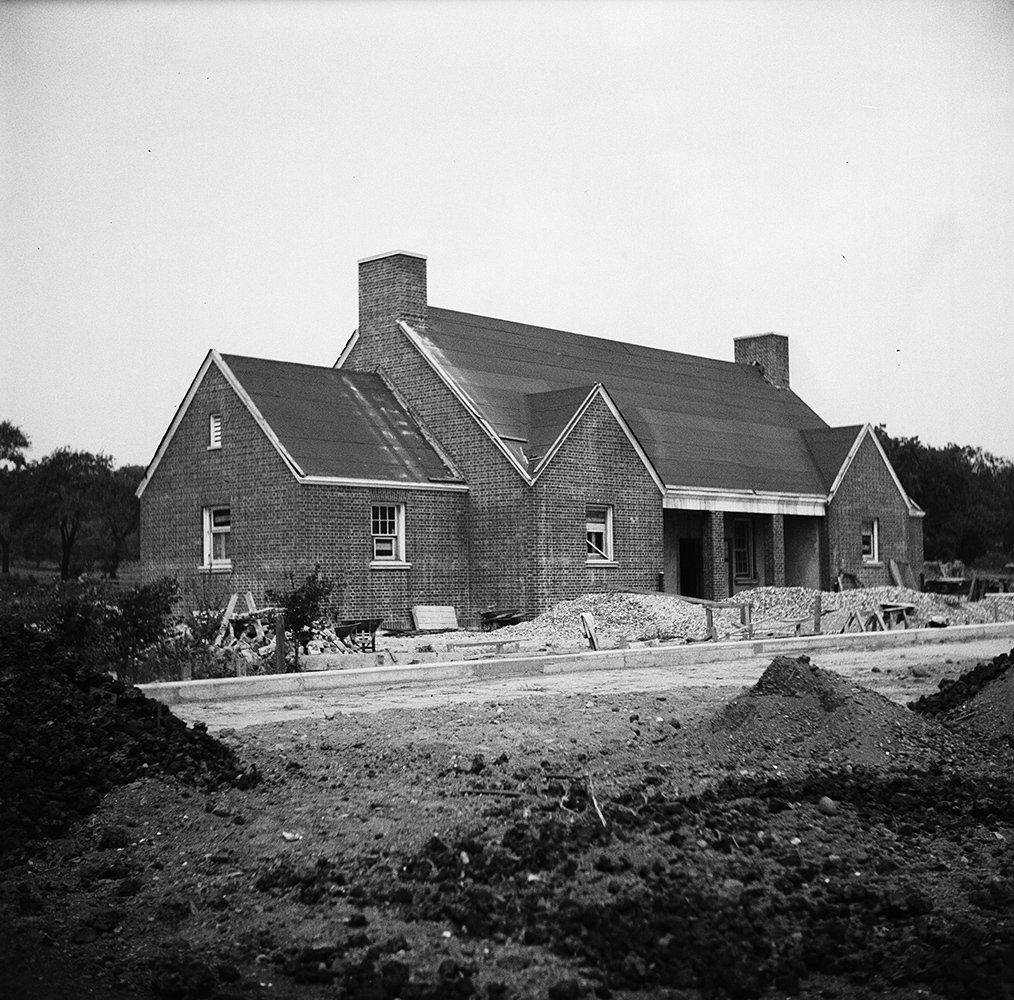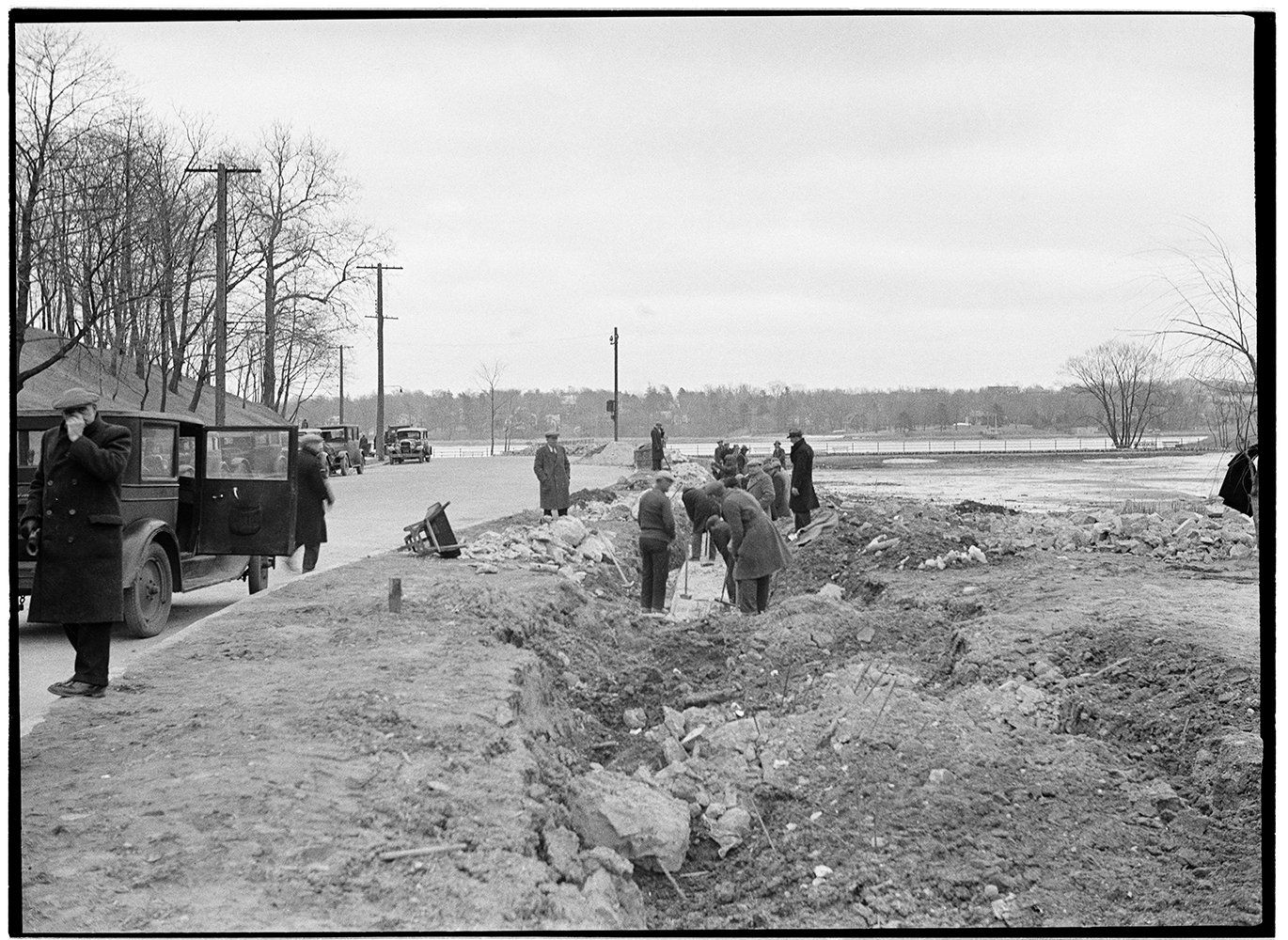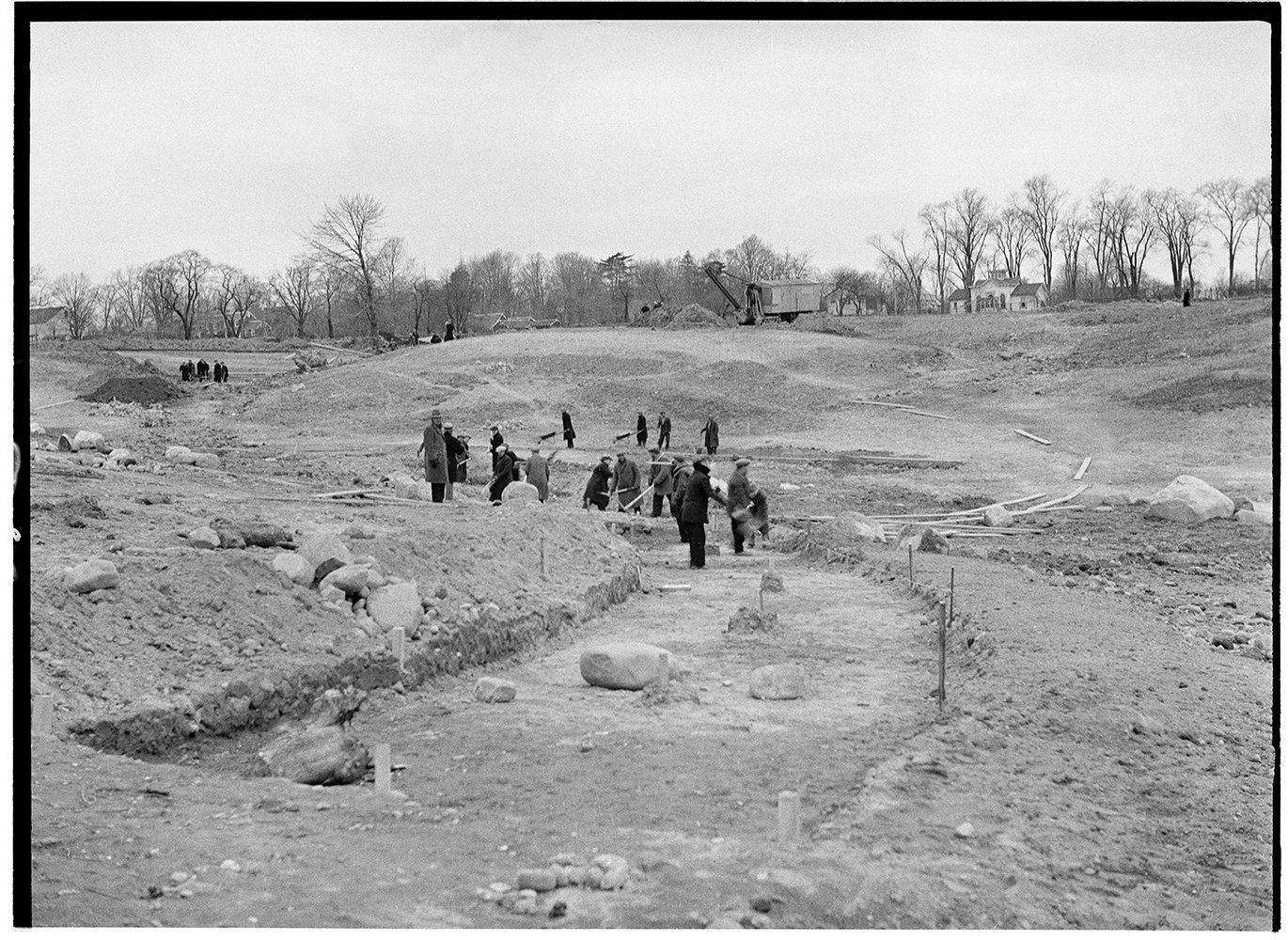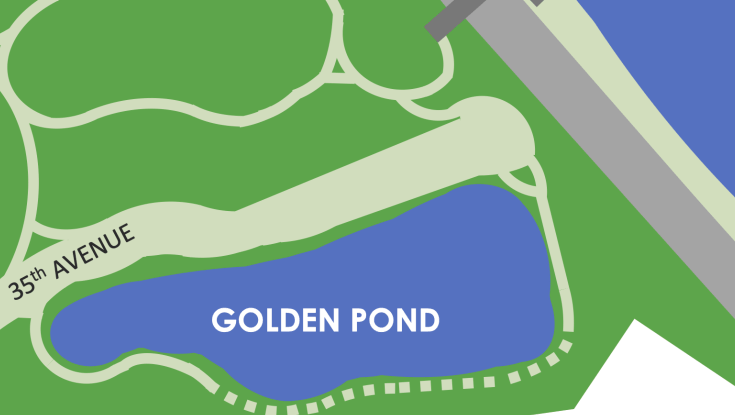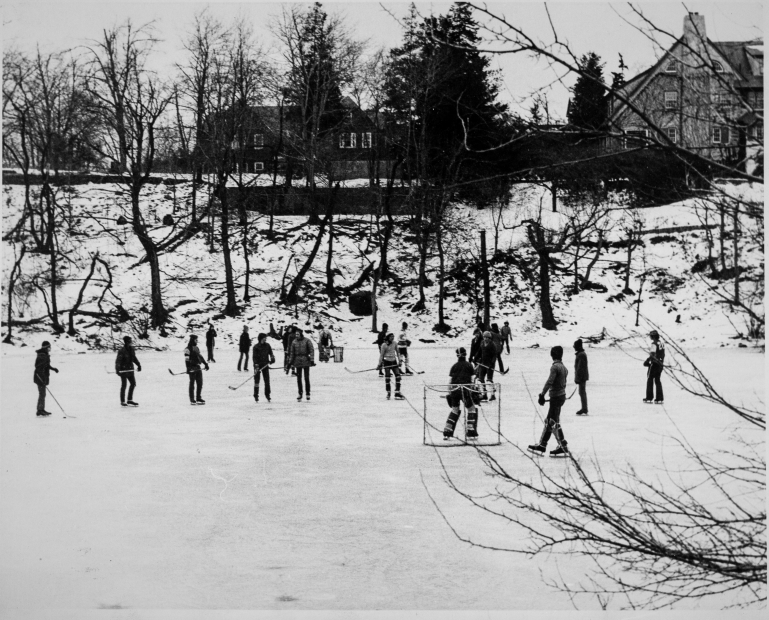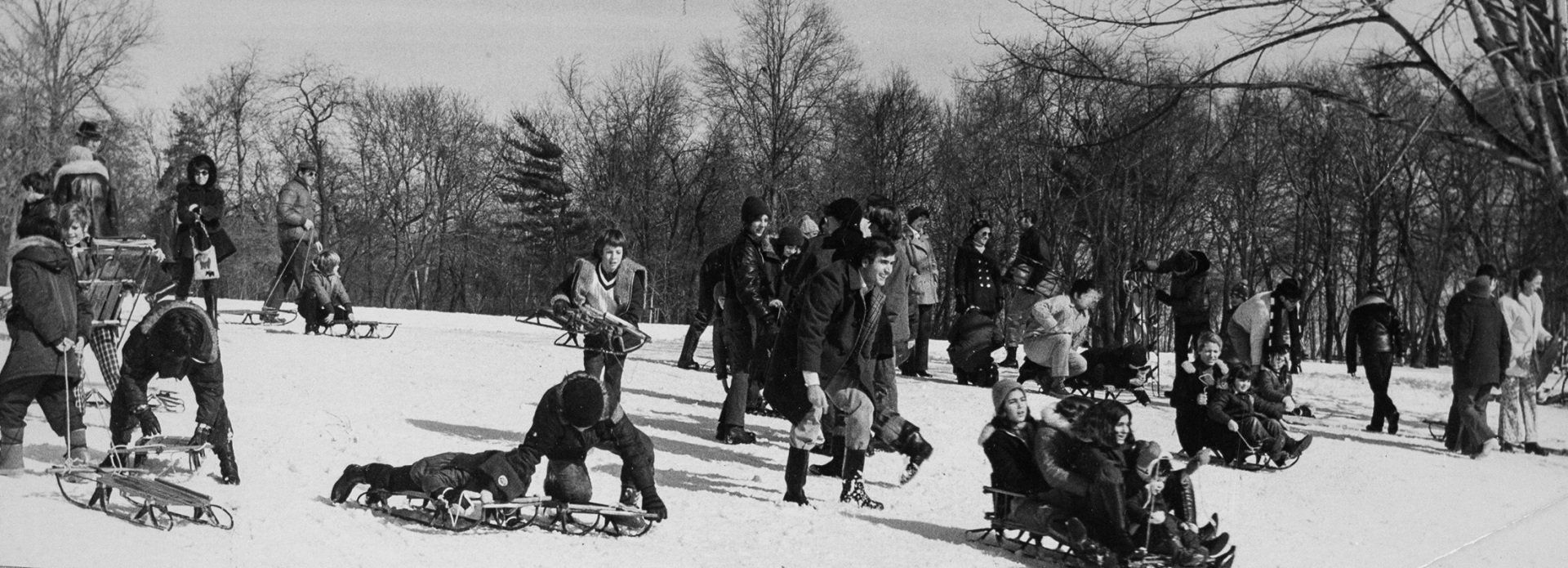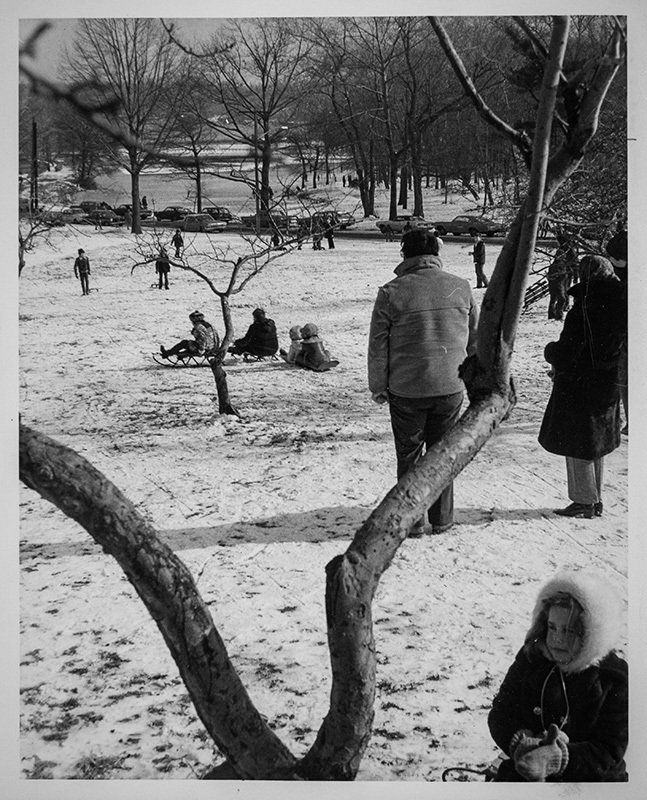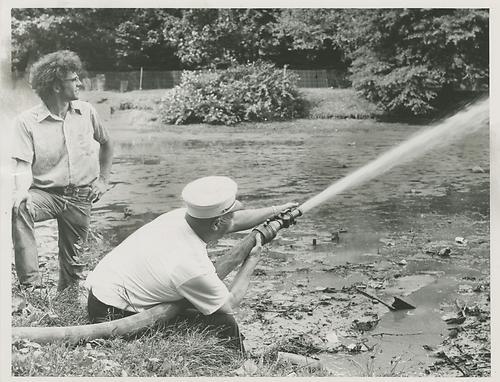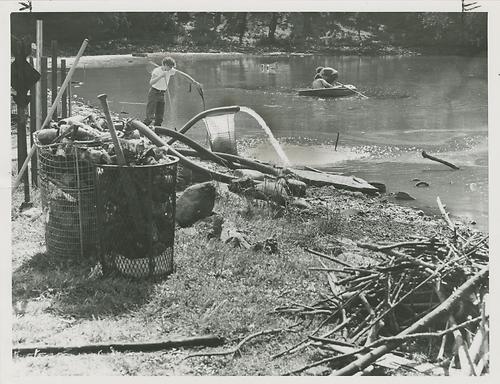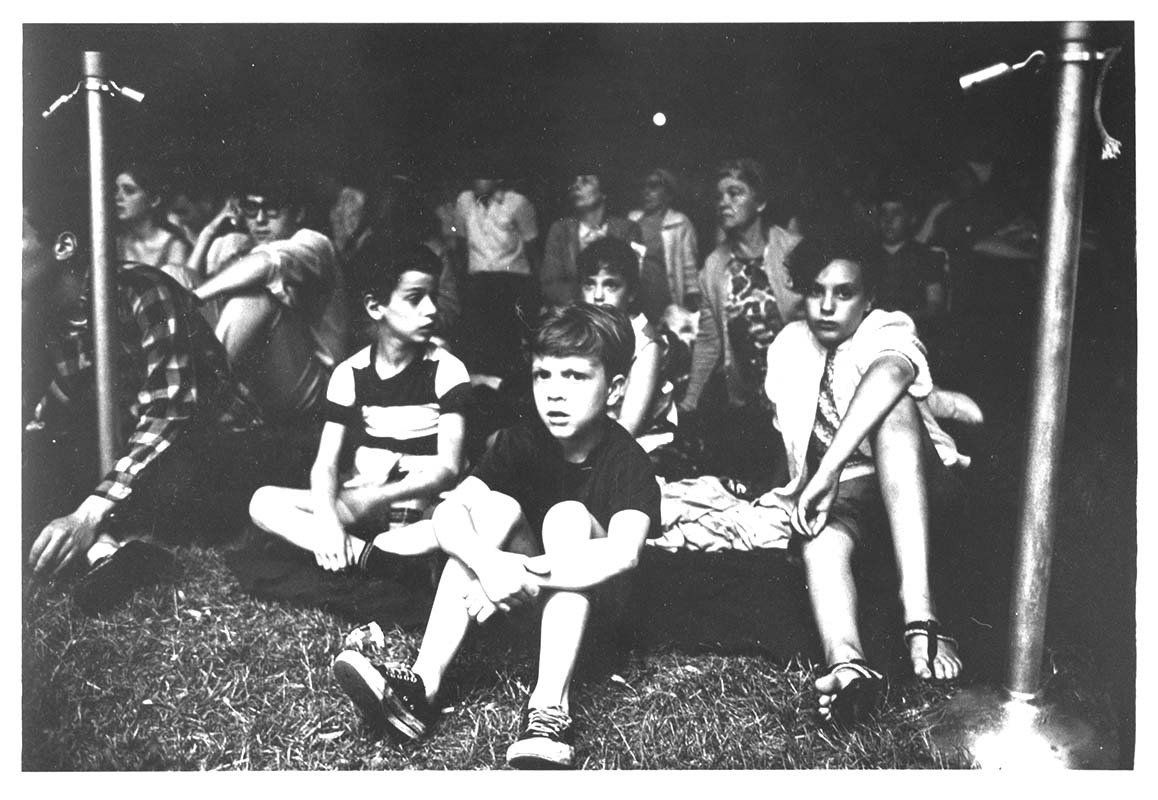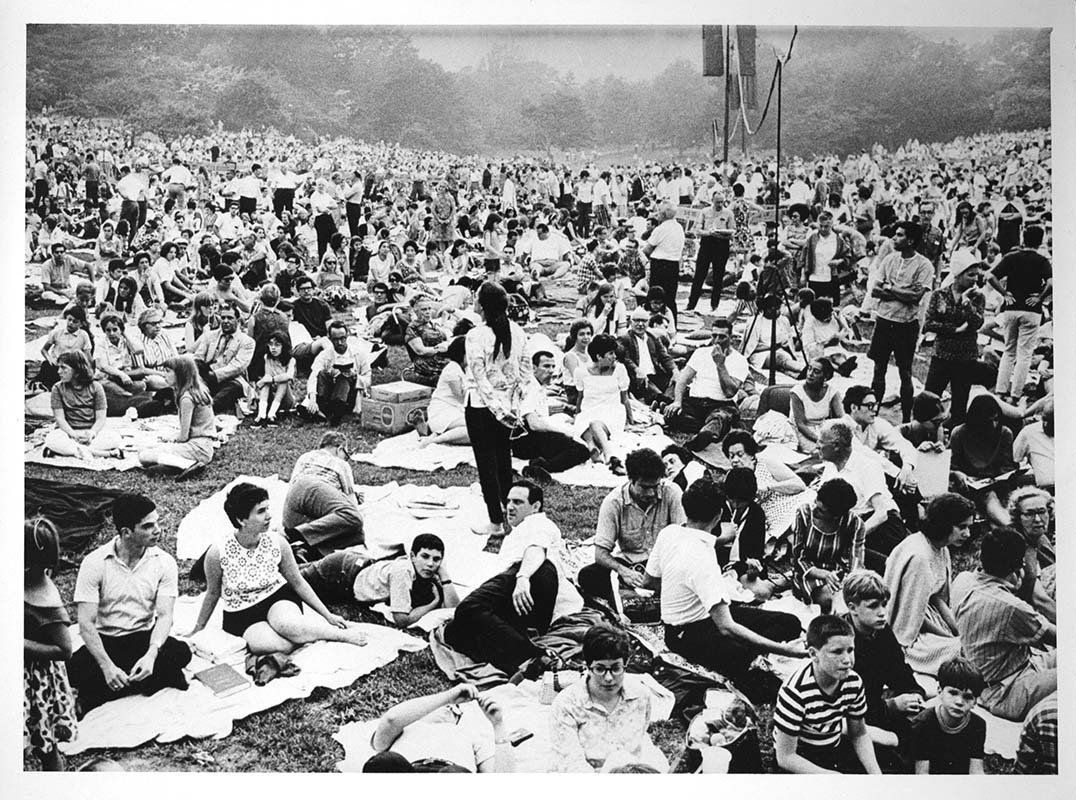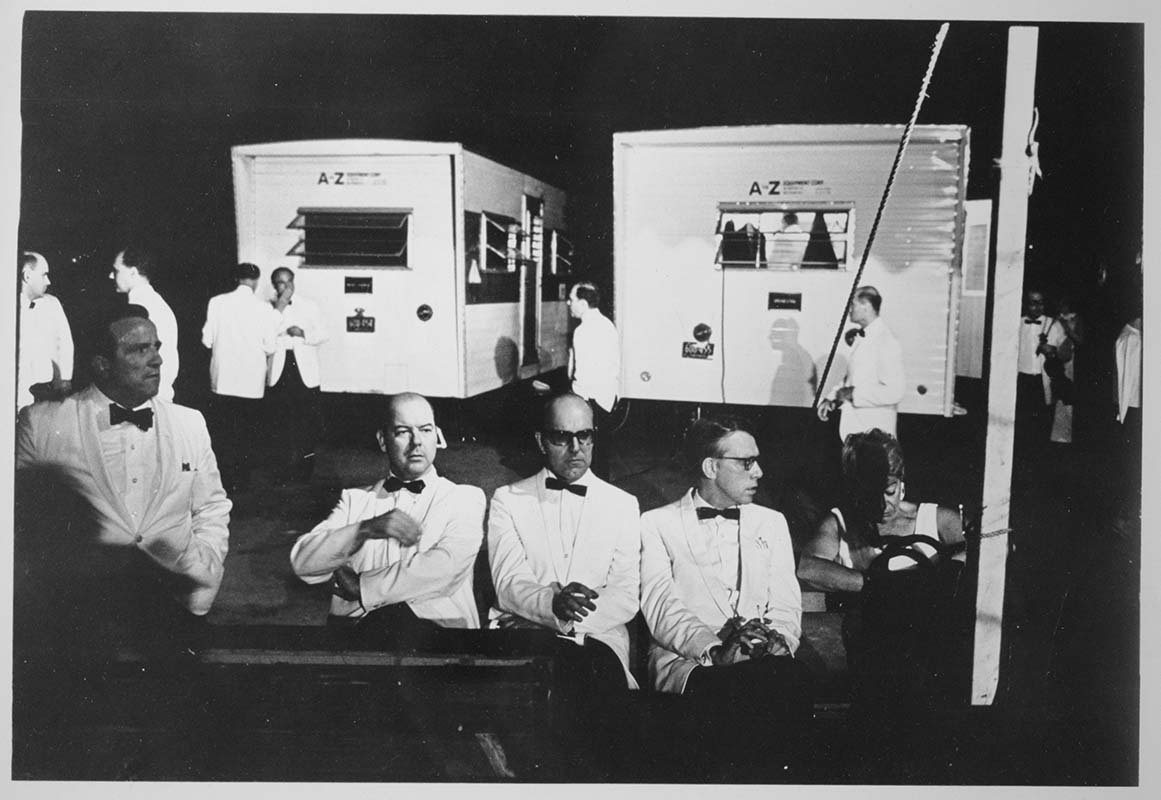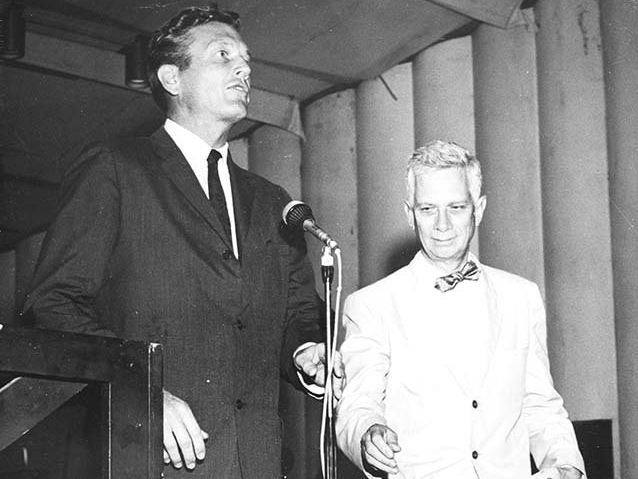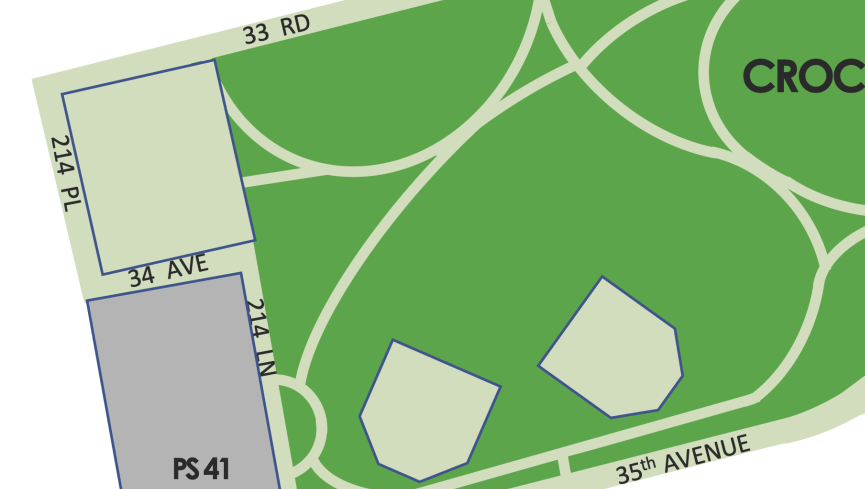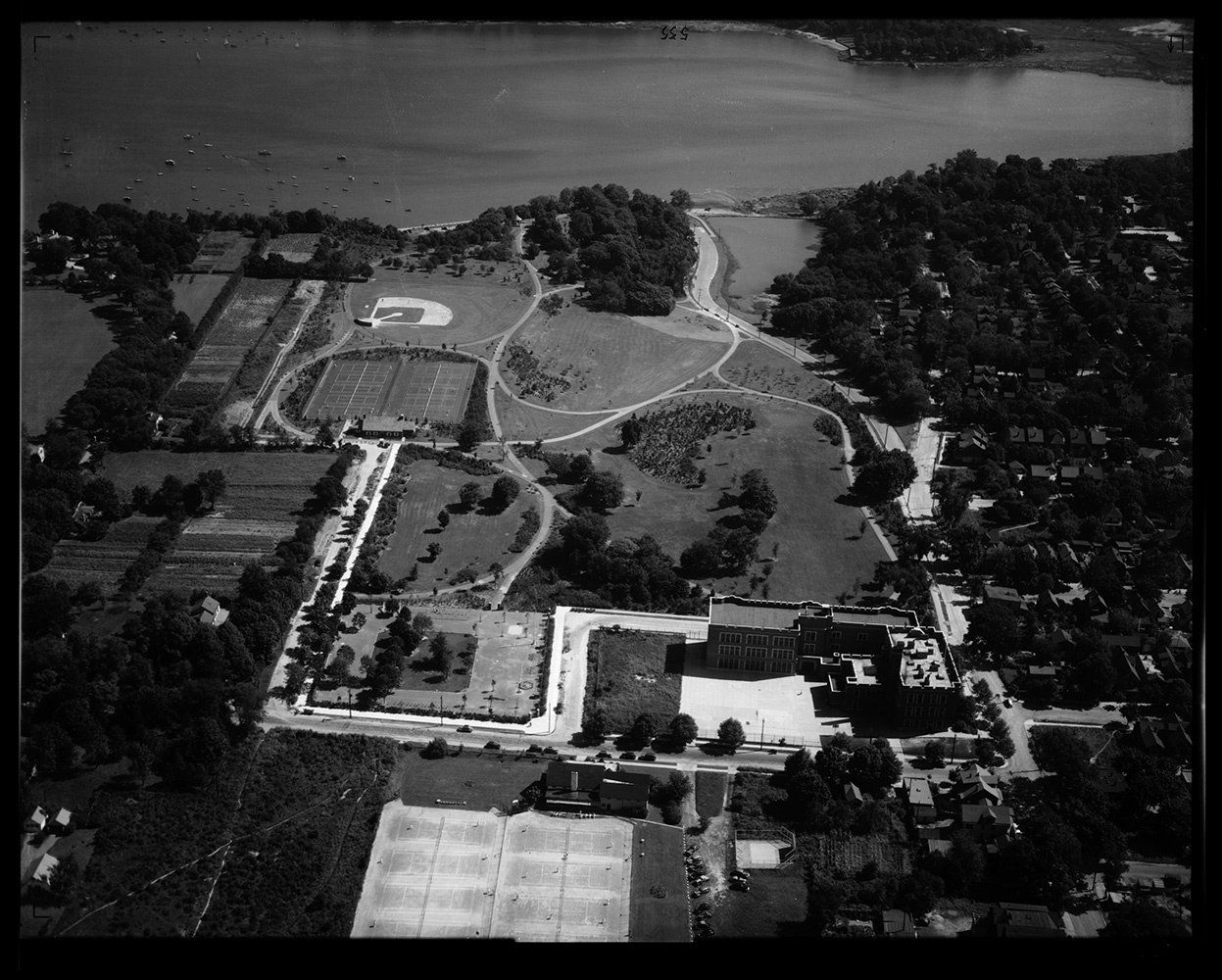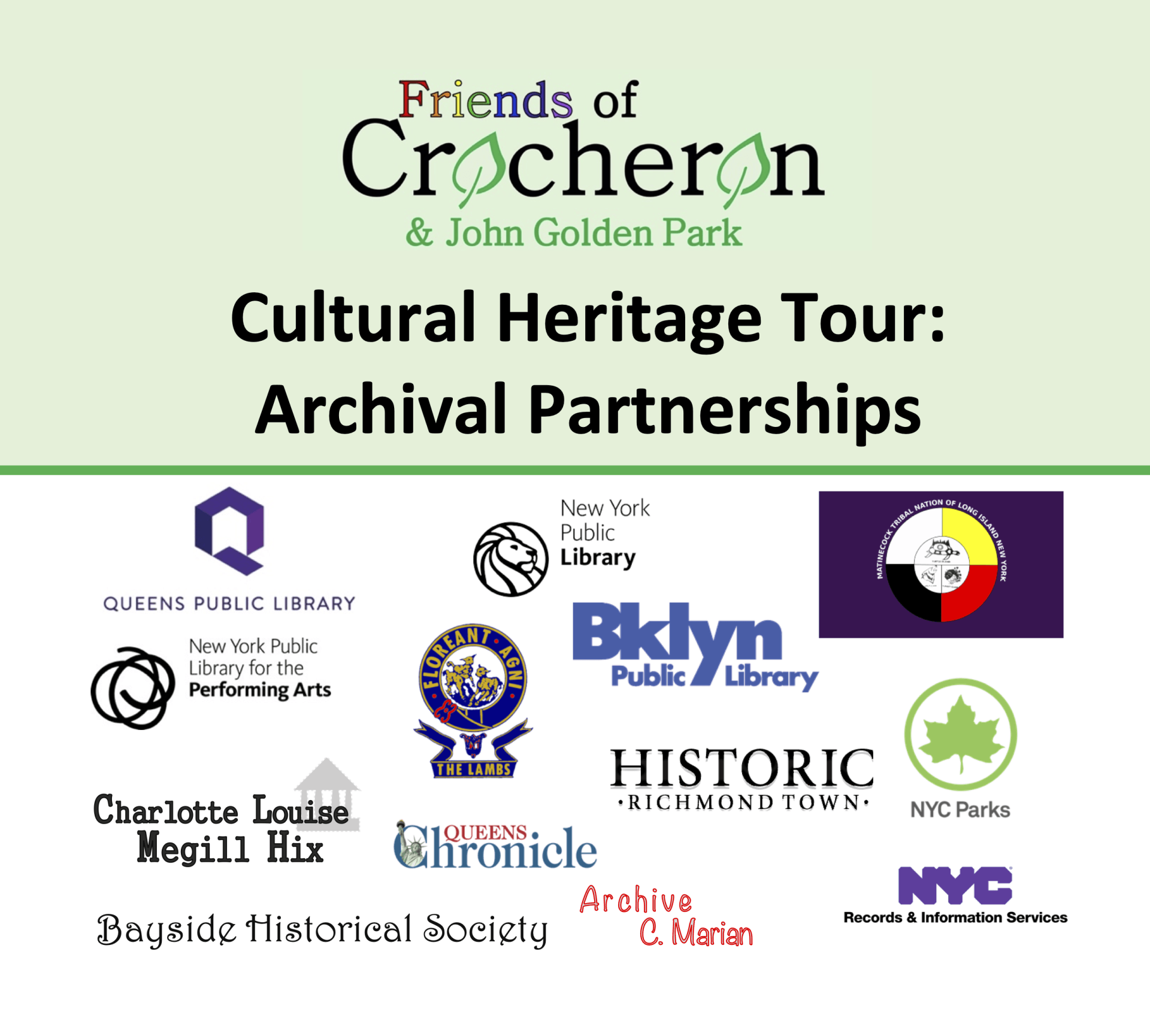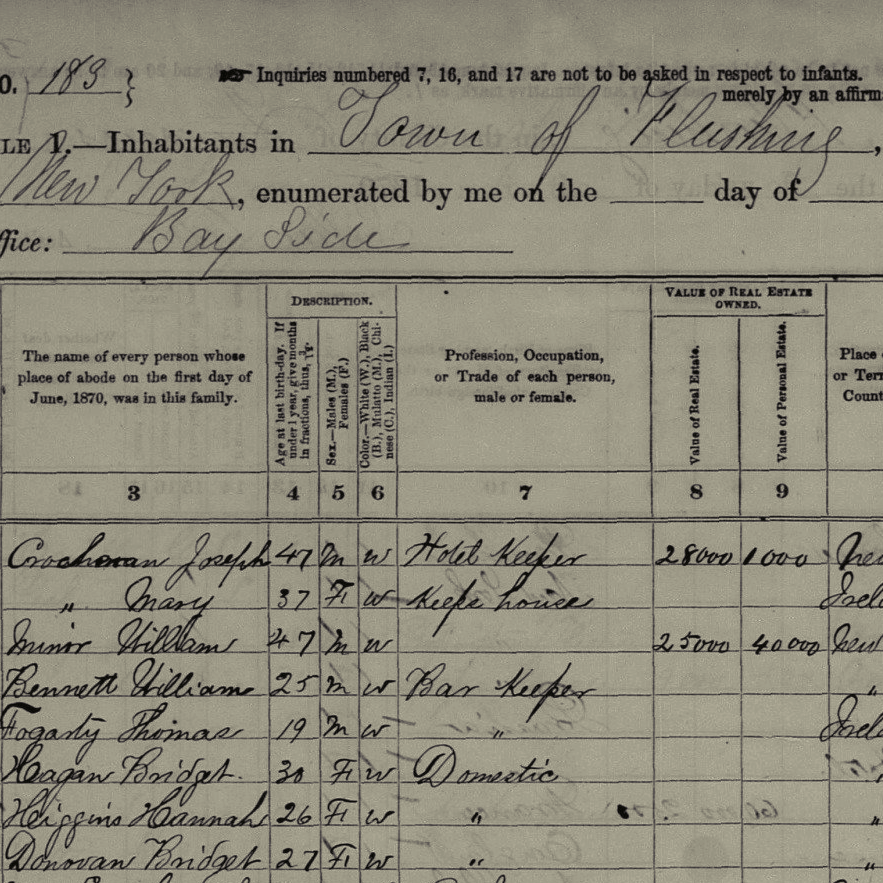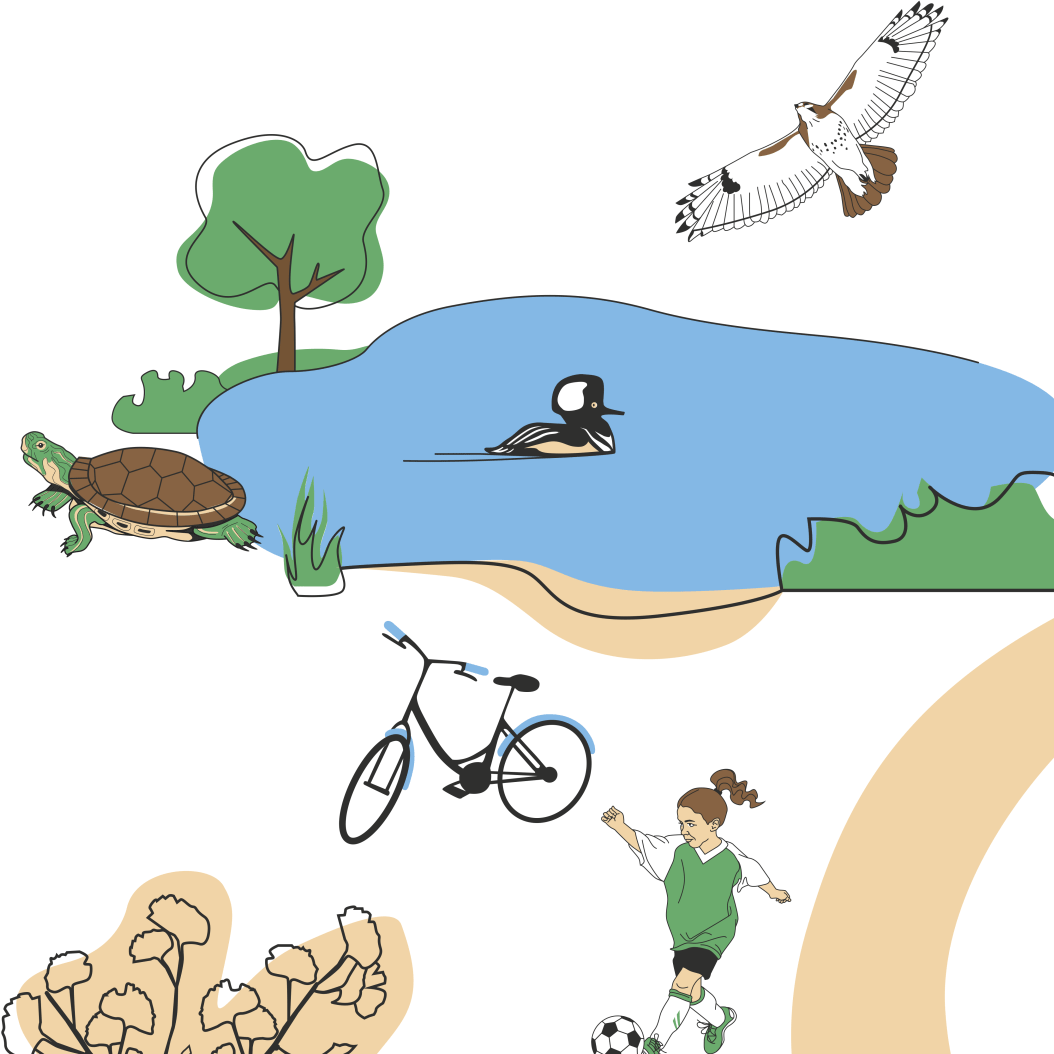Park History Slideshow
Stories of Our Shared Cultural Heritage!
Parkland History
Park History Slideshow
The land is still a treasured destination for those seeking an escape from the city life.
Click on the map section or blue text to read more about Our Park. The captions below the pictures reflect the archive which they came from.
Park's Cultural Heritage
Friends of Crocheron & John Golden Park began in the summer of 2020 to assist NYC Parks in stewardship of the parkland. By protecting environmentally sustainable functions of the pond, woodlands, and gardens, we can support pollinator populations, wildlife, biodiversity, while also creating an aesthetics pleasing environments for our community. These goals are not new to Queens residents. We are part of an ongoing history of likeminded people interested in improving our local environment and shared parkland. While Crocheron Park and John Golden Park entered NYC Parks system in the 1930s and 1950s, both areas were previously used by the community as public land.
Friends works to connect with our cultural heritage. First, by continuing our community's tradition of stewardship. Second, by creating a database and tours to share Our Park's cultural history with the community. Along with clean ups and conservation efforts, Friends began to create an archive of the park's cultural history in 2020. Using internet library archives and building relationships with local archivists, historians, and even a genealogist. The group has compiled over hundreds of years of parkland history. Organizations, people, and companies listed at the bottom of this page have provided extensive assistance to the project.
What is Cultural Heritage?
Cultural heritage encompasses a lot of things that we interact with on a daily basis. Cultural heritage are our traditions, languages, rituals, work customs, and architecture of buildings that are passed down from previous generations. Cultural heritage also includes the natural landscapes and biological diversity that we enjoy in nature. Overall, they help to connect us to our history, community, and to one another.
According to the UN Economic and Social Council:
"The term cultural heritage encompasses several main categories of heritage:
- Cultural heritage
- Tangible cultural heritage:
- movable cultural heritage (paintings, sculptures, coins, manuscripts)
- immovable cultural heritage (monuments, archaeological sites, and so on)
- underwater cultural heritage (shipwrecks, underwater ruins and cities)
- Intangible cultural heritage:
- oral traditions, performing arts, rituals
- Natural heritage:
- natural sites with cultural aspects such as cultural landscapes, physical, biological or geological formations
- Heritage in the event of armed conflict"
(Source: the UN Education, Scientific, and Cultural Organization (UNESCO) )
Why should we learn about our Cultural Heritage?
Learning more about our shared cultural heritage in Queens, NYC, is especially important journey to undertake.
Queens is the most culturally diverse place in the world. Many of our ancestors are recent immigrants to this country, coming from other places seeking a better life. This ongoing American story, desire to go west, explore more, and find something better for our descendants, is part of who we are. It is also a big part of the stories of those that have inhabited the land before us. Searching for a better place, looking to have their special spot along the woody shorefront and beautiful pond. We hope that connecting with Our Shared Cultural Heritage - of park construction parkland stewardship, and park enjoyment - provides us with a larger sense of community.
According to the
UNESCO, these are "resources that are inherited from the past, created in the present and bestowed for the benefit of future generations." And that these "resources are a “fragile wealth”, and as such they require policies and development models that preserve and respect its diversity and uniqueness since, once lost, they are non- renewable." By creating a way to honor and uphold these beautiful gifts, we are able to ensure the they are there for future generations.
In-Person Cultural Heritage Tour
The in-person Cultural Heritage Tours will be back in the Fall. We are grateful to have had our first tour hosted by the Urban Park Rangers.
Virtual Cultural Heritage Tour
Our virtual Cultural Heritage Tour is now open - highlighting 15 locations around the park. Along with photographs and maps covering centuries, we used newspapers articles, letters, and genealogical research, such as census records to tell a story about what happened. The virtual tour will be accessible via the Friends' website as a slideshow and also an interactive tour, with location markers, on GoogleEarth. Learn more about Our Shared Cultural Heritage - and why it is important for us to remember that Parks Don't Just Happen!
You Might Also Like
Blog entry written by Charlotte Megill Hix is a genealogist and historian, author of six books, and countless articles. She has written the The Crocheron Family of Staten Island, New York.
We have ongoing work on Our Park's Pollinator Garden area and are looking for support for community events. We need your help to make it happen!

